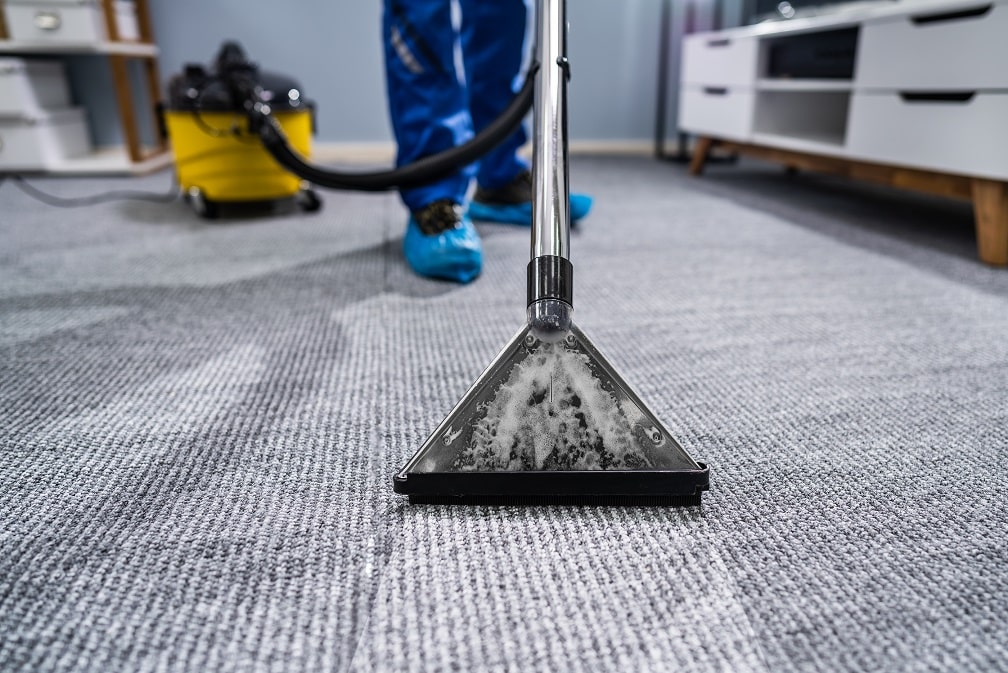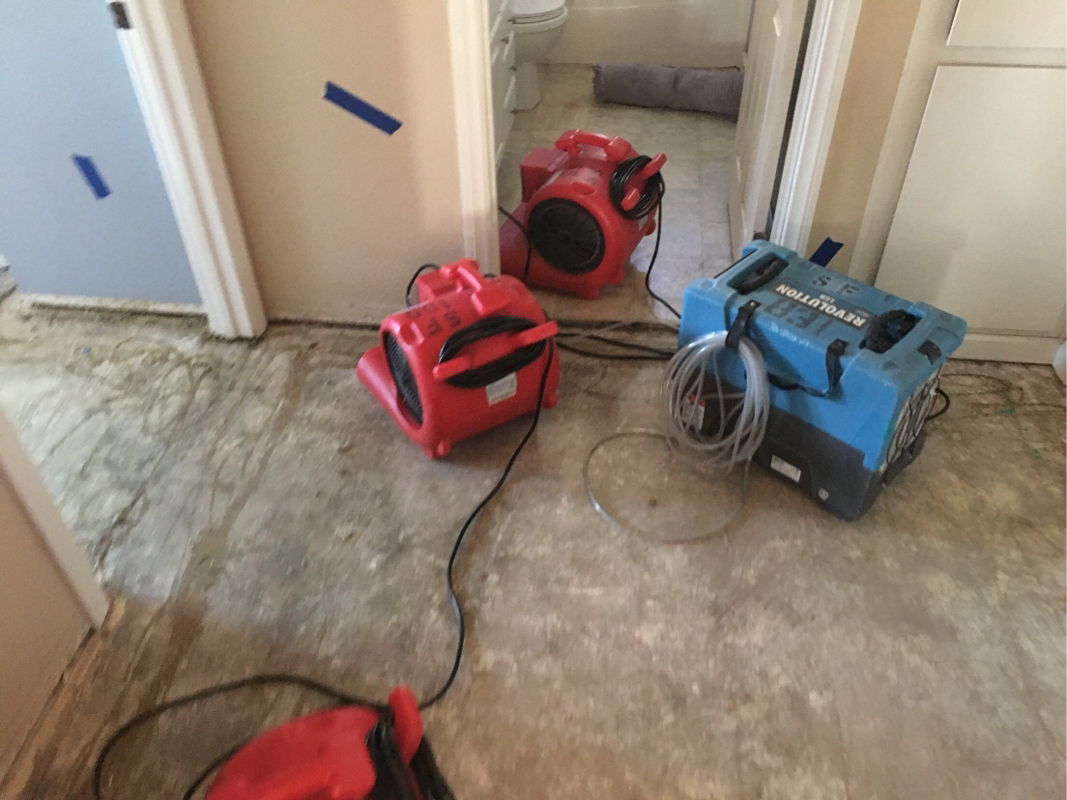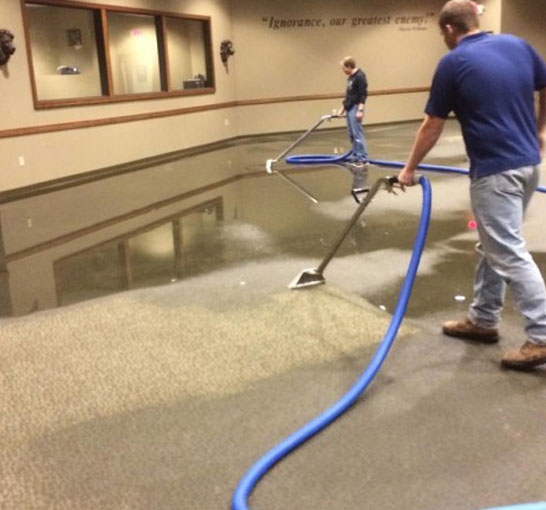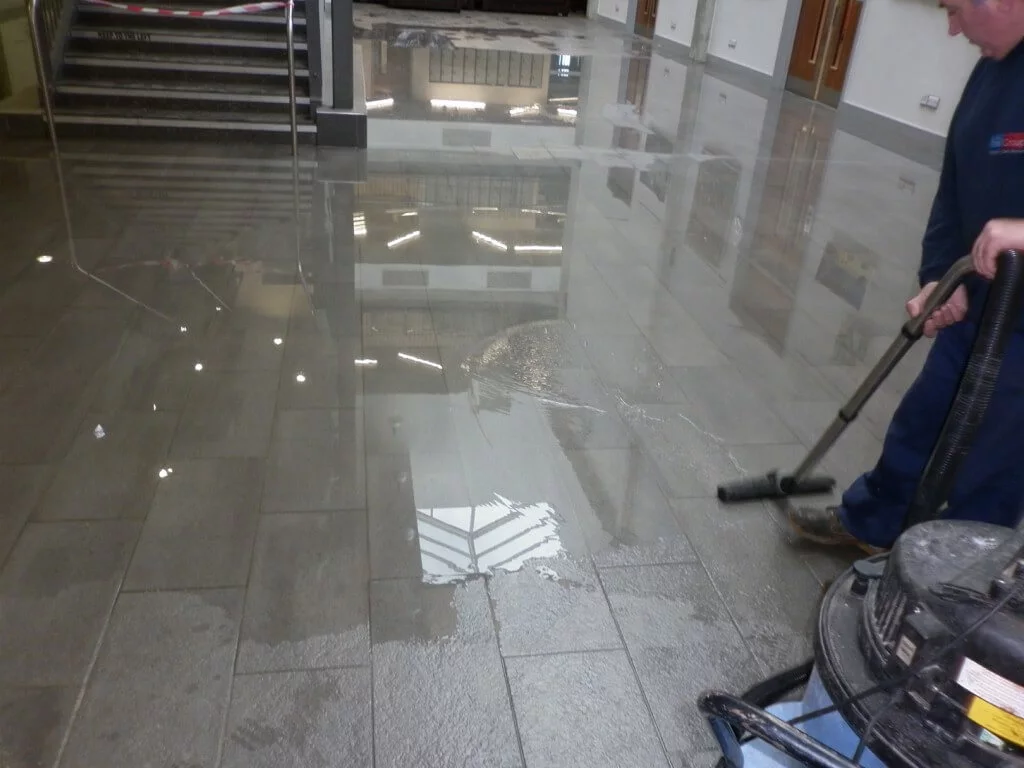
What is Water Extraction?
Water extraction refers to the process of removing standing water and excess moisture from your property. It’s the first step in water damage restoration and is crucial for preventing long-term damage to your home’s structure, furniture, and belongings. Whether caused by flooding, leaking pipes, or heavy rains, water extraction helps mitigate damage and ensures that your home dries out properly to avoid mold growth.
Why is Water Extraction Important?
Excess water left untreated can lead to severe problems, including mold growth, rot, and weakened structures. According to the Federal Emergency Management Agency (FEMA), water damage can affect both the structural integrity of a building and its contents. Prompt water extraction minimizes these risks by:
- Preventing mold: Mold can begin to grow within 24-48 hours after water damage, leading to health risks and further property damage.
- Avoiding structural damage: Water can weaken drywall, floors, and foundations if not removed quickly, leading to expensive repairs.
- Reducing restoration costs: The faster water is extracted, the less damage occurs, lowering the overall cost of repairs and restoration.
- Protecting belongings: Personal items like furniture, electronics, and documents can be salvaged if water extraction is done promptly.
How is Water Extraction Performed?

Water extraction is a multi-step process that involves specialized equipment and professional techniques. Here’s how the process typically works:
| Step | Description |
|---|---|
| 1. Inspection & Assessment | A professional water damage restoration team will assess the extent of water damage using moisture detectors and thermal imaging cameras. This helps determine how much water needs to be extracted and which areas are affected. |
| 2. Water Removal | Using industrial-grade pumps and vacuums, professionals will extract standing water from floors, carpets, and other affected areas. High-powered vacuums are essential for deep water removal, especially in basements or crawl spaces. |
| 3. Drying & Dehumidifying | After the water is removed, dehumidifiers and air movers are used to dry out remaining moisture. This is critical for preventing mold growth, as hidden moisture can lead to problems long after the water is extracted. |
| 4. Cleaning & Sanitizing | Once the area is dry, it’s essential to clean and sanitize affected surfaces to remove bacteria, mold spores, and odors. Professional-grade cleaning solutions ensure that the space is safe and healthy. |
| 5. Restoration | The final step involves repairing any damaged areas, such as replacing drywall, flooring, or insulation. The goal is to restore your property to its pre-damage condition. |
For reliable water extraction and damage restoration services, contact Citywide Mold Mitigation today. Our team uses state-of-the-art equipment to handle even the most severe water damage issues.
When Do You Need Water Extraction Services?
Water extraction is necessary any time there is standing water or excessive moisture in your home or business. Common situations that require professional water extraction include:
- Flooding: Whether caused by storms, flash floods, or rising water levels, flooding can leave your home soaked. Immediate water extraction is needed to prevent long-term damage.
- Pipe bursts: A burst pipe can release gallons of water into your home in a short time. Water extraction helps minimize the damage and begins the drying process.
- Appliance leaks: Malfunctioning appliances like washing machines, dishwashers, or water heaters can cause significant water damage. Water extraction removes any standing water and prevents further issues.
- Roof leaks: If your roof is damaged during a storm or has chronic leaks, water can pool in your attic or ceiling, leading to structural damage and mold growth.
If you’ve experienced any of these situations, it’s important to act fast. Call Citywide Mold Mitigation for professional water extraction services and prevent further damage to your property.
What Equipment is Used in Water Extraction?

Water extraction requires specialized equipment that goes beyond standard household tools. Professionals use powerful machinery designed to remove water quickly and efficiently. Here’s a look at the common equipment used in water extraction:
- Submersible pumps: These industrial pumps are used to remove large amounts of standing water quickly, especially in flooded basements or large rooms.
- Wet/dry vacuums: High-capacity vacuums are used to extract water from carpets, floors, and smaller spaces. They are essential for deep cleaning and water removal in hard-to-reach areas.
- Air movers: These powerful fans help circulate air and speed up the drying process by evaporating moisture from wet surfaces.
- Dehumidifiers: Dehumidifiers are used to remove excess moisture from the air, preventing the buildup of mold and mildew in damp spaces.
- Moisture meters: Professionals use these tools to measure the moisture levels in walls, floors, and ceilings, ensuring all water is removed and no hidden moisture remains.
What Happens if Water Extraction Isn’t Done Properly?

Failing to perform water extraction promptly or thoroughly can lead to serious consequences for your home or business. Here’s what can happen if water extraction isn’t handled correctly:
- Mold growth: Mold can start growing in as little as 24-48 hours after water damage. Once mold takes hold, it can spread rapidly and cause significant health risks and property damage.
- Structural damage: Water that isn’t fully extracted can weaken the structure of your home, leading to warped floors, cracked foundations, and damaged drywall.
- Bad odors: Stagnant water and moisture can cause unpleasant odors, making your home uncomfortable and potentially unlivable.
- Increased repair costs: The longer water sits, the more damage it causes, leading to costly repairs. Proper water extraction prevents further deterioration and saves you money in the long run.
If you suspect that your home is at risk of water damage, don’t wait. Contact Citywide Mold Mitigation today for expert water extraction and mold remediation services.
FAQ
| Question | Answer |
|---|---|
| What is water extraction? | Water extraction is the process of removing standing water and excess moisture from your home after a flood, leak, or water damage incident. It’s the first step in water damage restoration. |
| How long does water extraction take? | Water extraction times vary depending on the severity of the water damage, but it typically takes anywhere from a few hours to a full day for larger areas. |
| Can I do water extraction myself? | For minor water spills, DIY water removal is possible. However, for significant flooding or water damage, it’s best to hire professionals to ensure all water is properly removed. |
| Does insurance cover water extraction? | Many homeowners’ insurance policies cover water extraction if the damage is caused by a sudden and accidental event, like a burst pipe. Check with your insurance provider to confirm coverage. |
| What happens if water isn’t extracted promptly? | If water isn’t extracted quickly, it can lead to mold growth, structural damage, and higher repair costs. The faster you address water damage, the better your chances of minimizing damage. |
Need professional water extraction services? Contact Citywide Mold Mitigation today for fast, reliable water damage restoration.

